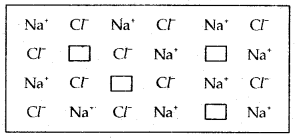Biomolecules Class 12 MCQs Questions with Answers
Question 1. The number of tripeptide formed by 3 different amino acids. (a) Three (b) Four (c) Five (d) Six. Answer Answer: (d) Six. Question 2. The functional group which is found in amino acids is (a) COOH (b) -NH 2 (c) -CH 3 (d) both (a) and (b). Answer Answer: (d) both (a) and (b). Question 3. The vitamins absorbed from intestine along with fats are (a) A and D (b) A, B (c) A, C (d) D, B Answer Answer: (a) A and D Question 4. Which amino acids is a chiral? (a) Alanine (b) Valine (c) Proline (d) Histidine (e) none of these. Answer Answer: (e) none of these. Question 5. Which of the following biomolecules is insoluble in water? (a) a-Keratin (b) haemoglobin (c) ribonuclease (d) adenime Answer Answer: (a) a-Keratin Question 6. The protein responsible for blood clotting is (a) Albumins (b) Globulins (c) Fibroin (d) Fibrinogen Answer Answer: (d) Fibrinogen Question 7. Which one of them is not a protein? (a) Wool (b) Nail (c) Hair (d) DNA Answer Answer: (d) DNA Question 8. The heli...



